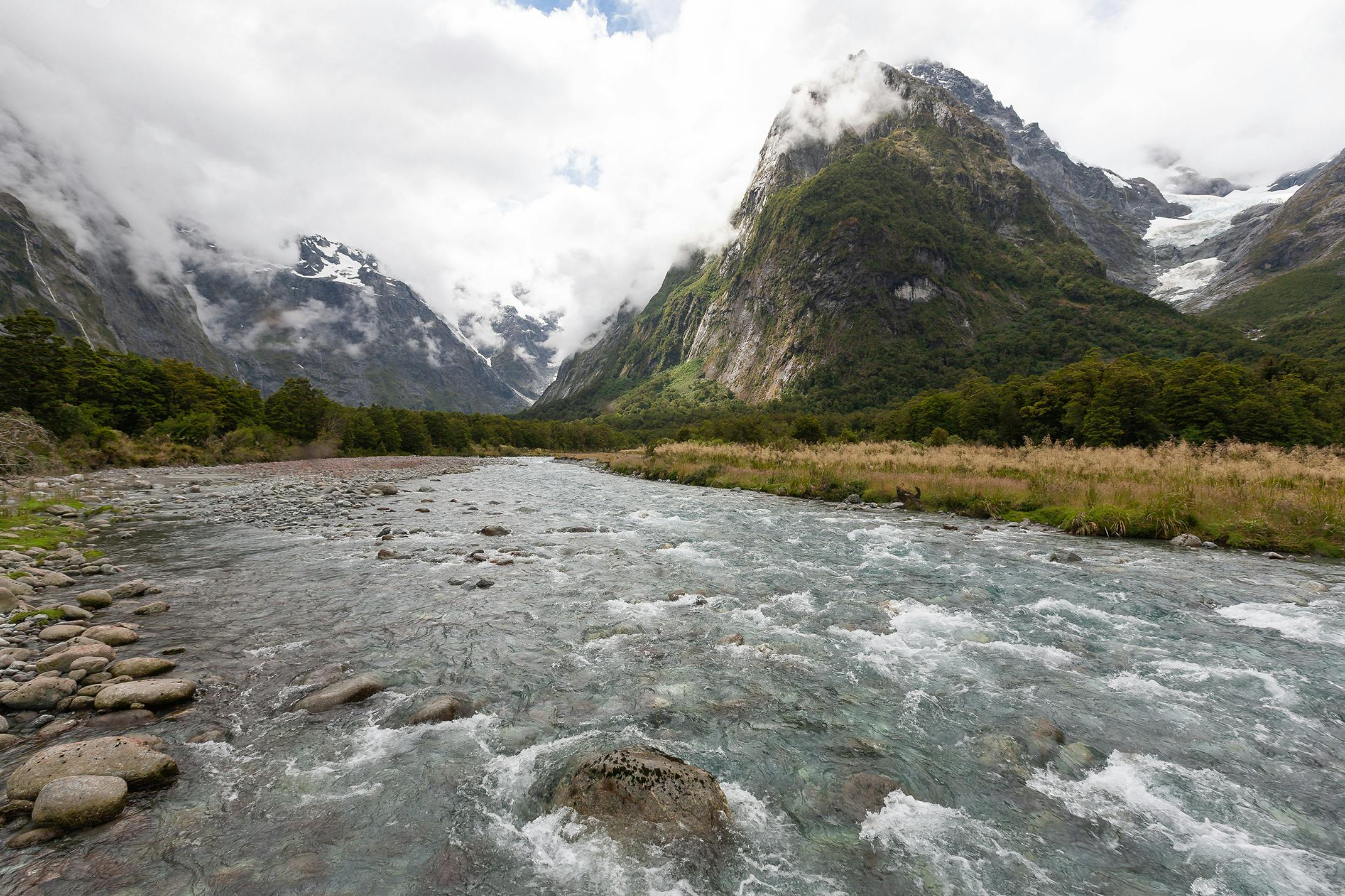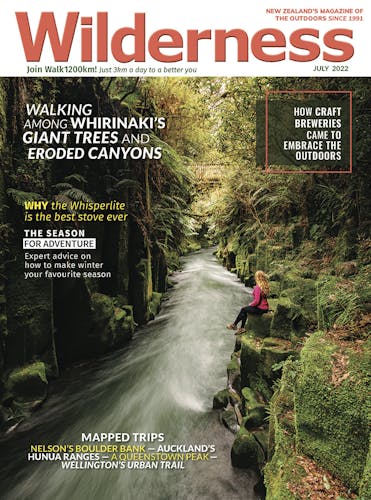Turners Bivouac, high in the Fiordland mountains, provides a dramatic view. By Phillip Melchior
There was no argument, no debate; there was hardly any discussion.
We both agreed that of all the spectacular places we had rolled out our sleeping bags, this was the most dramatic.
Turners Bivouac, perched on a small snowgrass terrace at around 1600m in the Darran Mountains, is a massive rock overhang with a front wall of stones stacked by people over the years.
Above the dry-stone wall is a ‘window’ that provides a dramatic view of the eastern face of Mt Tūtoko. Lying in your sleeping bag, you can watch the last rays of sunlight fade from orange to grey in the evening and see the first rays light the snow at dawn. At 3am, it frames a sky full of stars and moonlight glinting on the snow.
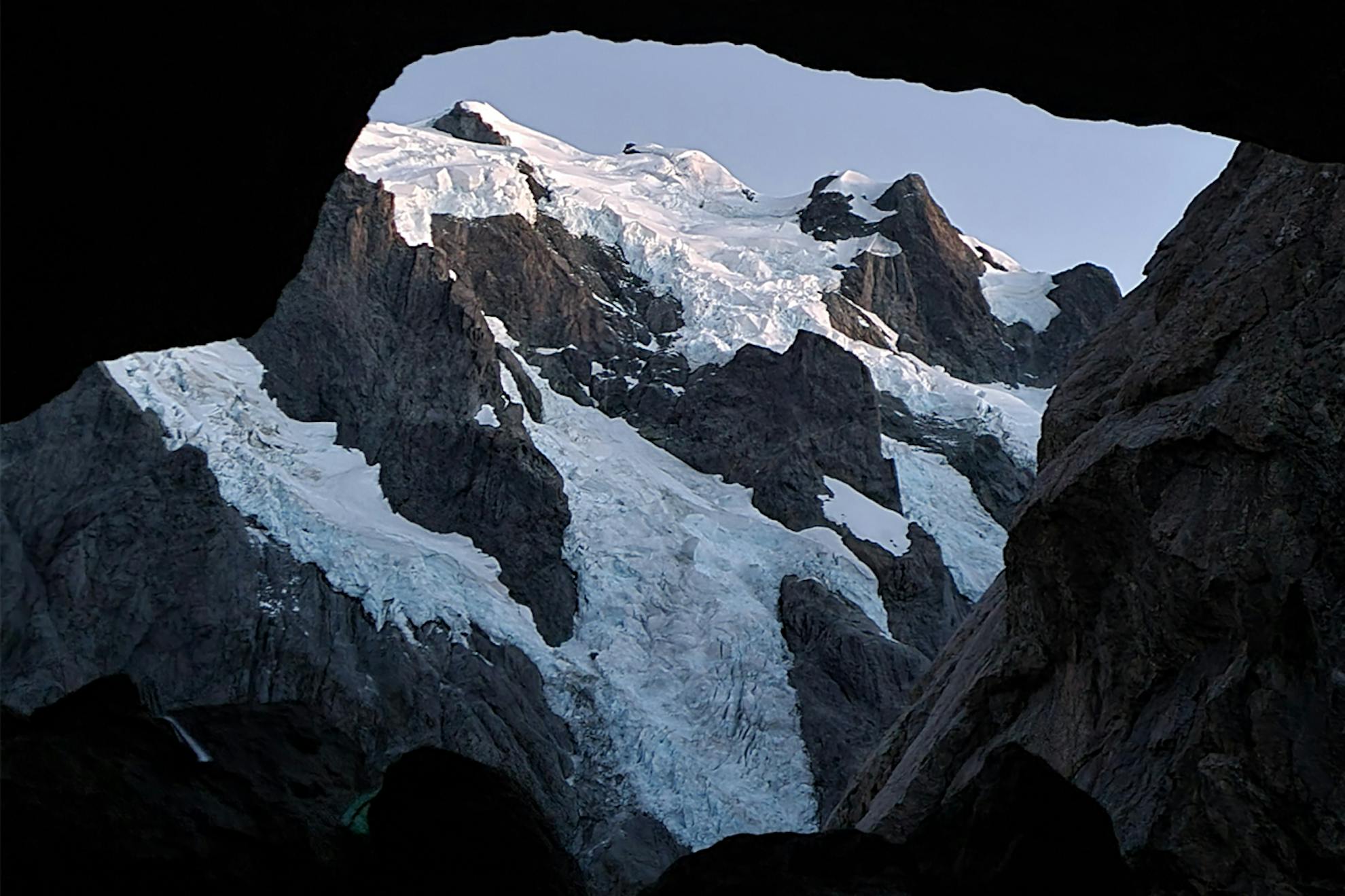
Sit on the front step and you have Mt Tūtoko to the left and Mt Madeline to the right.
The bivvy is located high above Leader Creek, a tributary of the Tūtoko River. It was discovered around 1920 by Samuel Turner towards the end of his long and distinguished mountaineering career. He must have spent some time clambering around the area, and is remembered in Turner Pass and Lake Turner.
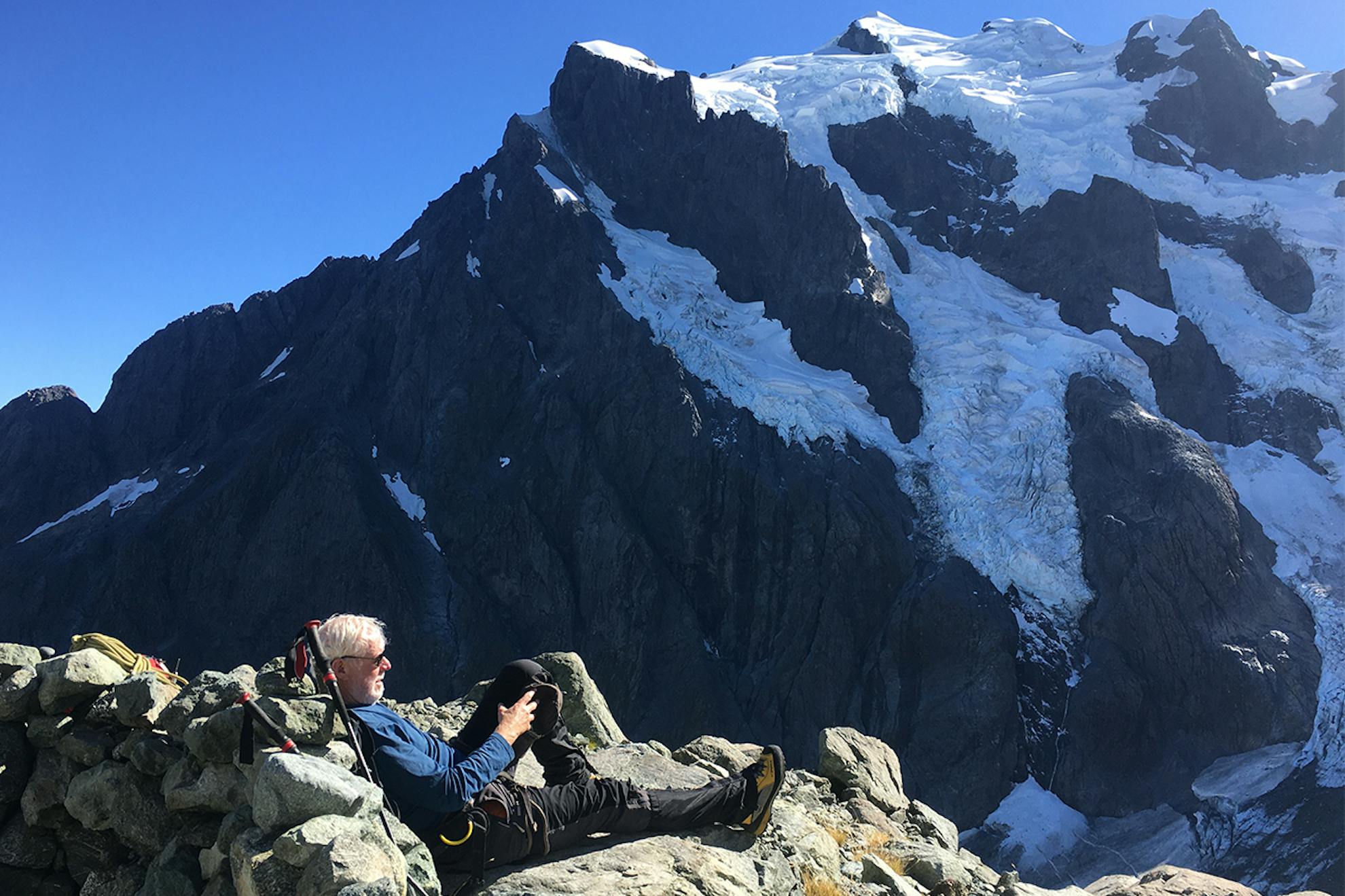
As anyone who has sheltered in one knows, rock bivvies tend to be crypt-like. Often you can’t even sit up without whacking your head on the rock ceiling. At Turners, the main bivvy is big enough for three and high enough that, at a bit over 190cm, I could almost stand up straight. Alongside are two smaller bivvies – not as comfortable or spacious, but you could squeeze in another three or four at a pinch.
How to get to this spectacular site, with a view considered by many to be more dramatic than from Aoraki / Mt Cook’s Tasman Saddle and Plateau huts, or Liverpool Hut beneath Tititea / Mt Aspiring?
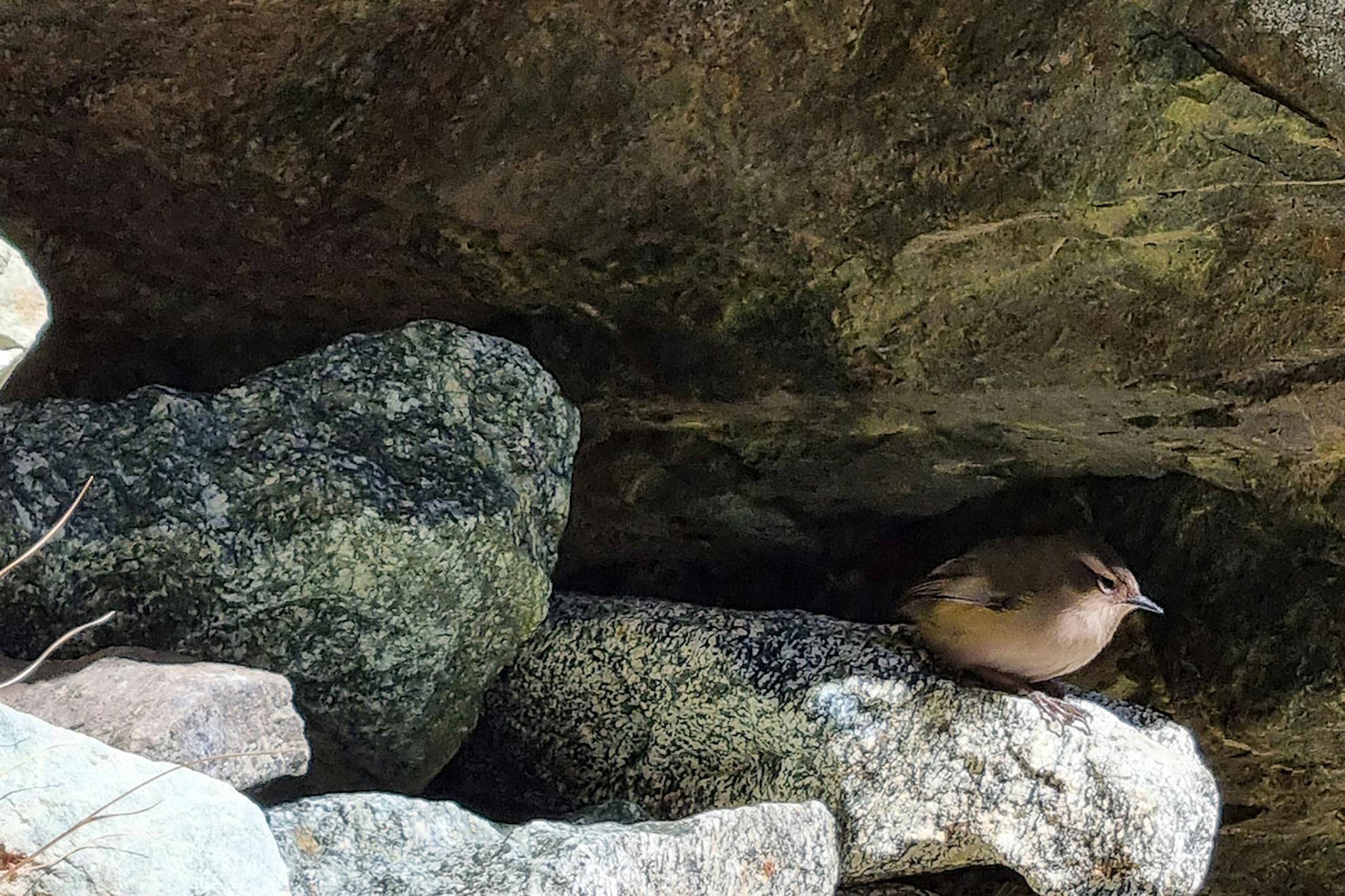
The easy way is by helicopter – a $900, 10-minute flight from Milford to one of the rare sanctioned landing spots in Fiordland.
The hard way, and it’s very hard, is to walk down the Tūtoko Valley Track, bush-bash and rock-hop up Leader Creek, climb around the falls, then start climbing through steep snowgrass and sheer bluffs. Ropes and mountaineering skills are a must.
And going down is just about as hard. Gravity is not necessarily your friend here.
Or you could fly out as well. Cheaper than a night at a flash lodge. And those views…





